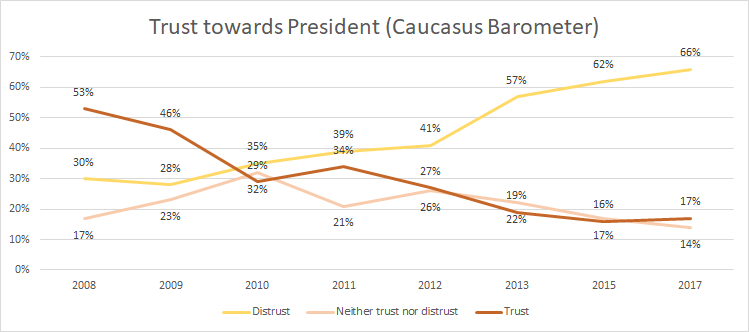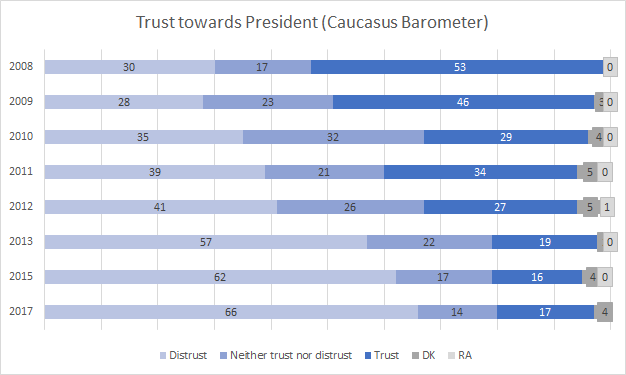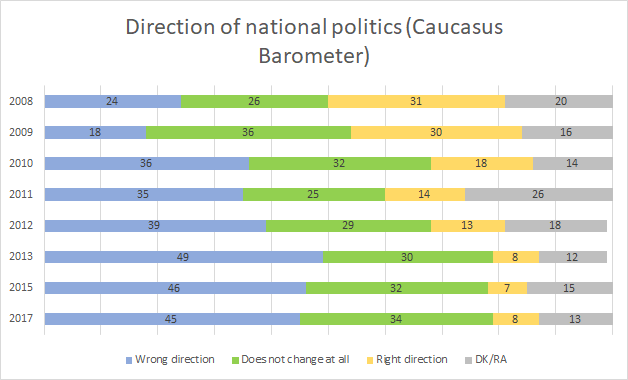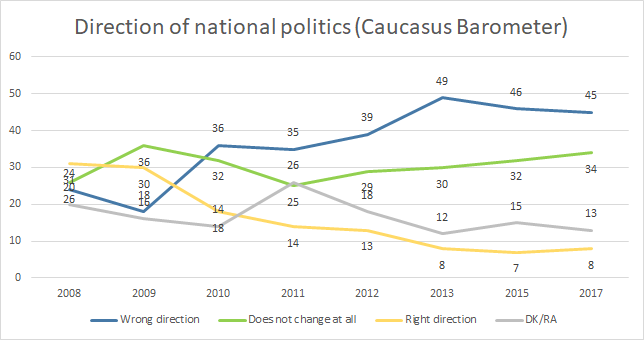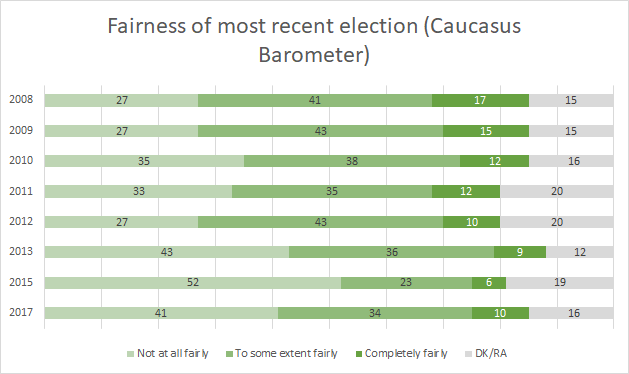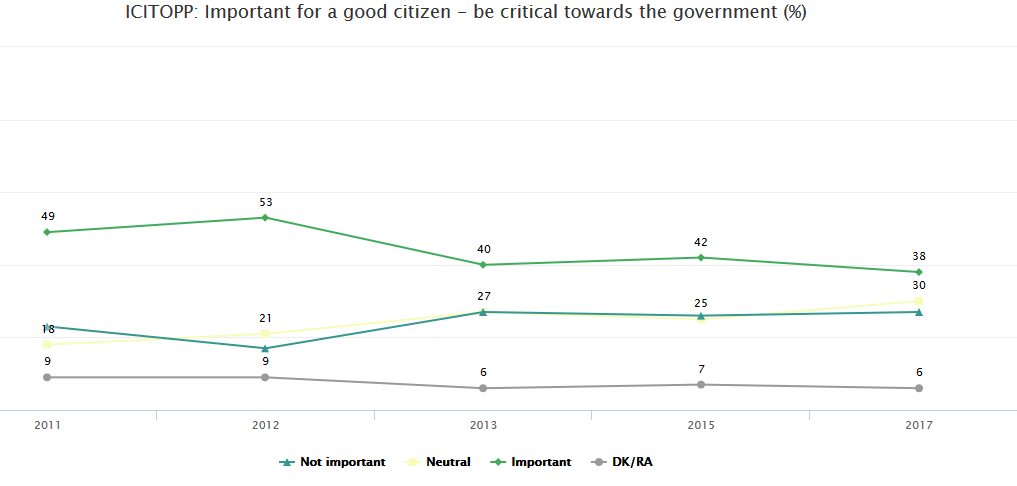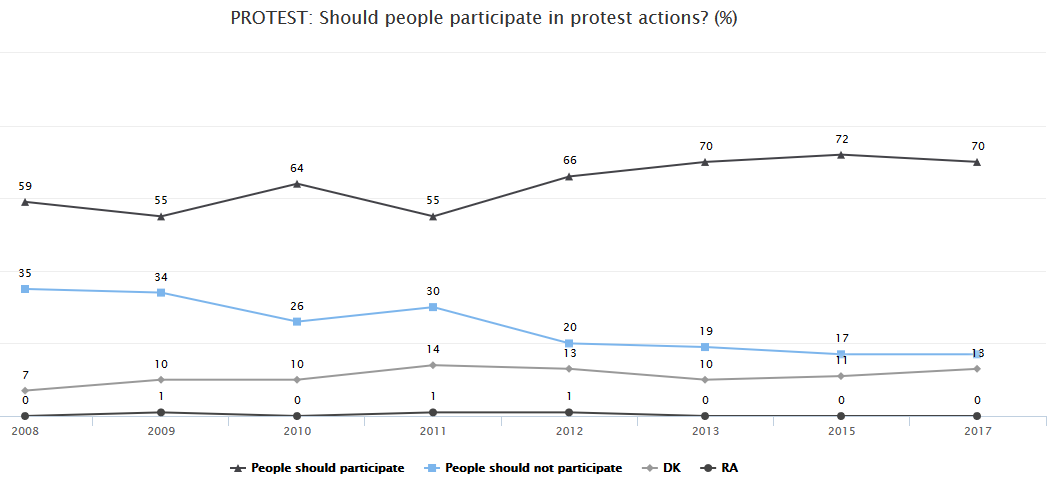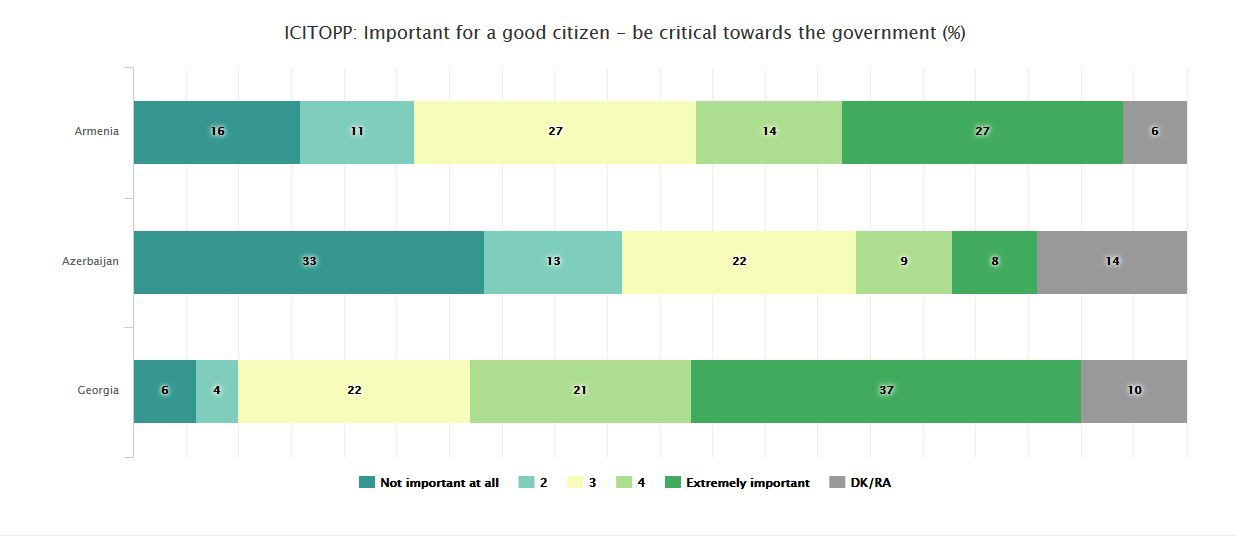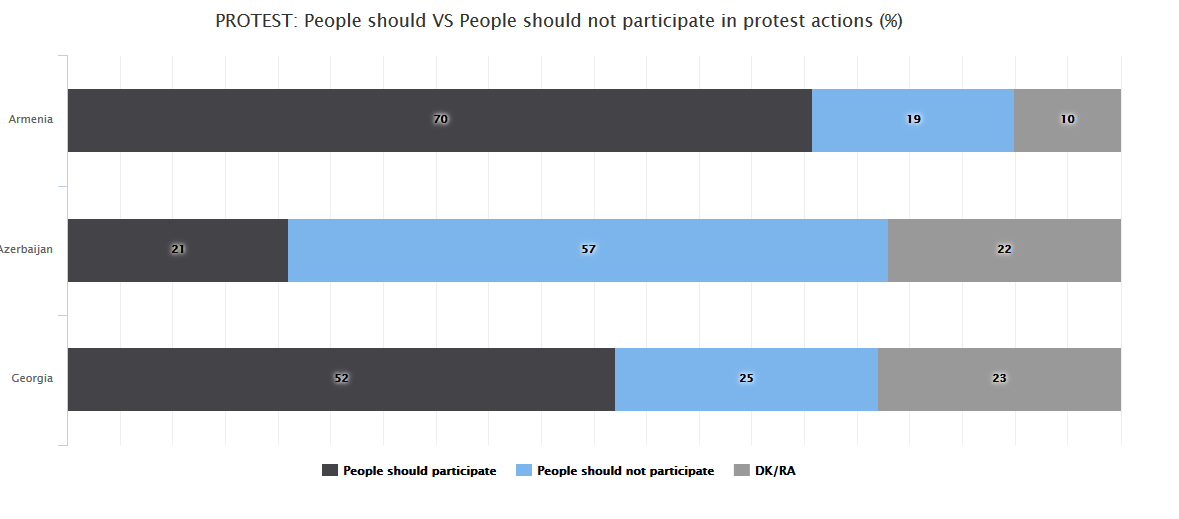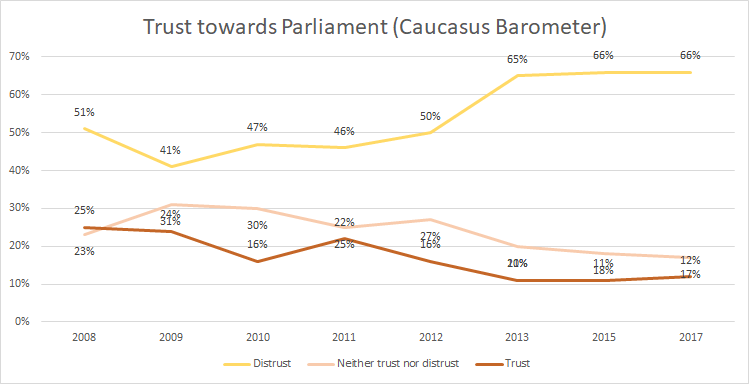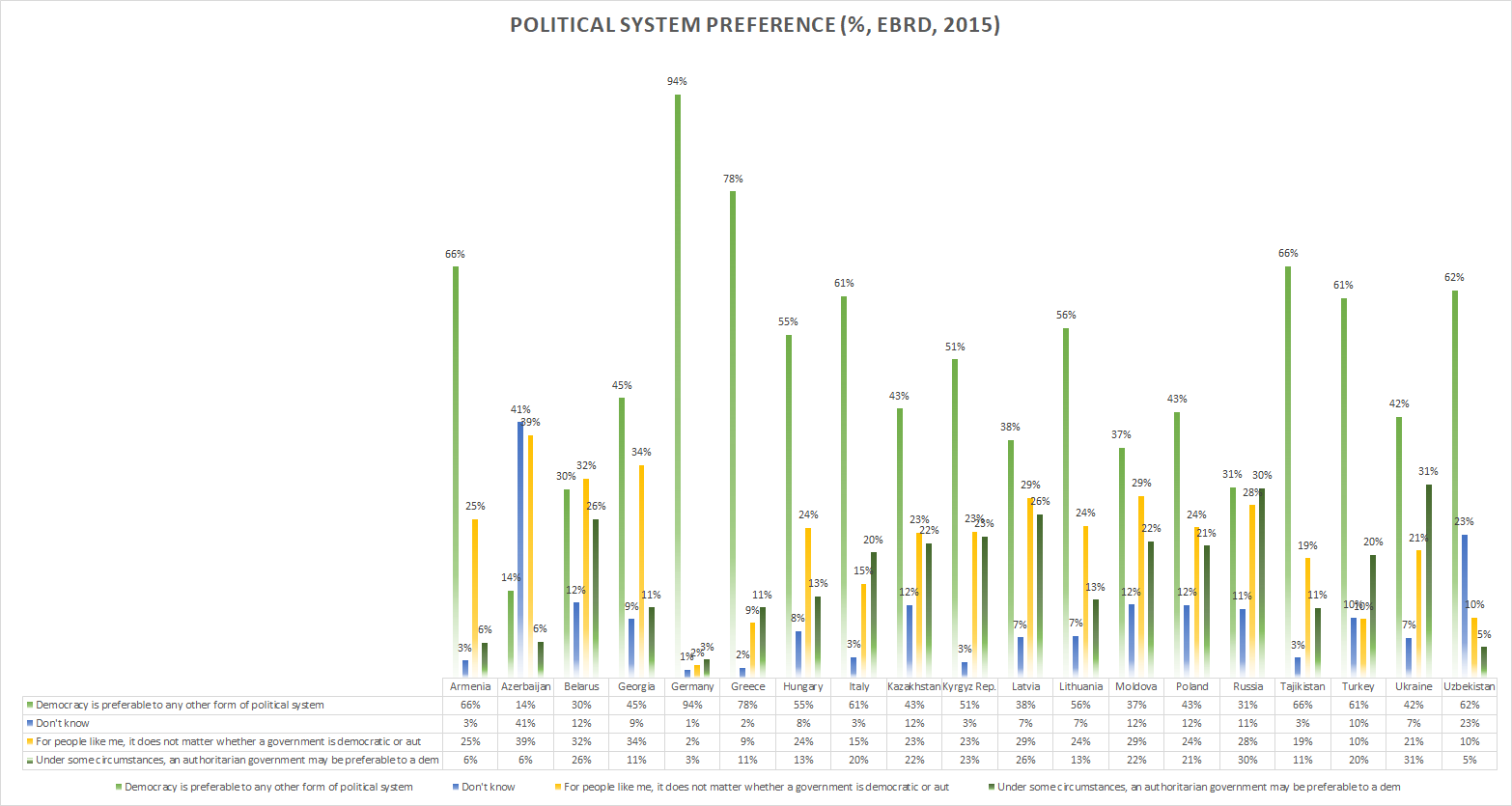Social media and bullying in Azerbaijan
This week a young woman in Azerbaijan took her own life as a result of possible bullying. Video of the act and subsequent events were widely shared and discussed on social media. As a result, many Azerbaijanis are discussing the problem of bullying in schools. Here’s a summary of the case in English.
Here’s a NodeXL hashtag analysis of #BullinqəSon (End Bullying)
Here’s a NodeXL hashtag analysis of #Elinaüçünsusma (Don’t be silent about Elina) — this is more popular
Some caveats here regarding any sort of hashtag analysis:
- Twitter data downloads like this are always incomplete, as it is impossible to get the full dataset.
- The results are a little skewed because a lot of the users are tweeting at the President and First Lady to do something. Obviously they have a lot of followers, so a lot of these “importance” metrics are impacted by that.
- Twitter isn’t a great venue to consider Azerbaijani public discussion of such topics, in particular this one that is of great interest to young people. I’ve seen far more on Facebook, Instagram, TikTok, etc. I can only imagine WhatsApp has a great deal of this as well.
- Social media are always performative. The need to let one’s audience know that they care about this issue is not always the same as discussion about solutions.
- Social media “influencers” sometimes feel compelled to have a hot take on the topic of the day and sometimes they’ll say provocative things because it leads to more engagement. There have been a few “celebrities” in Azerbaijan, especially on Instagram, doing this. I wouldn’t take this as the complete story.
And some general thoughts on social media campaigns, with a bullying angle. I’m not a bullying expert, but I’ve talked to people that are and these thoughts are influenced by that. (Thanks to them! Especially Lindsay Blackwell and her excellent work on cyberbullying.)
- For campaigns to be taken seriously by young people, they need to feel sincere. I’m under the impression that some of these campaigns have been started by people that young people in Azerbaijan may not follow and that may not be entirely relatable. Decades of research shows that adult-created campaigns aimed at youth frequently fail. I worked on an environmental campaign aimed at middle school and high school students and I cannot even begin to tell you how much money was spent on materials that the young people laughed at. We ran focus groups to see what sort of messages resonated with the young people and where they were most likely to be influenced (both media channels and with peers) and it was entirely different from what the campaign organizers had done.
- Campaigns need to be multifaceted, especially when there is a goal of behavioral change. There is currently criticism that schools are securing windows (the young woman jumped out of a window), but at the same time, such an act is probably a good idea and can be done immediately. It does not mean that the school is not working on other strategies and actions to reduce bullying and its effects.
- Who is the target of the campaign? Is it bullies asking them to not bully other children? Is it those that are the victims of bullying telling them to be strong? Or is it potential bystanders, asking them to intervene? The messages will be different!
- With bystanders in particular, which is the hypothetical largest audience, in any campaign, people need to be told what to do. For example, in the US, there was a campaign about forest fires that said “Only you can prevent forest fires” but the campaign did not actually tell people how to prevent forest fires! So, in the bullying case, potential bystanders need instructions about what to do if they see a classmate being bullied. (And at least at my own child’s school, there is an entire curriculum about this from the very early years.)
- Victims need different messaging about what they can do as well as a sense that there are others out there experiencing bullying. According to my expert colleagues, bullying feels very isolating and it is hard to see that there are others in the same position. So campaigns whereby people disclose that they were bullied and what they did about it can be helpful.
- The bullies themselves are also children and conventional wisdom says that children that are bullies are not infrequently subject to problems at home, have mental health issues, etc. – they also need help.
- Schools and parents also need help! Law enforcement too!
- For campaigns to be effective with young people, the message needs to also be relatable and from an authentic figure. For example, a gorgeous 30-year-old actress saying that she was bullied in school may not be believable in the eyes of a 13-year-old who sees that actress leading a glamorous life and looking beautiful. We see that a bit with the “It Gets Better” type campaigns with celebrity focuses versus “#metoo” whereby the majority of the messaging comes from “regular” people.
- Figuring out who is influential among young people in Azerbaijan (and on what platform) but still relatable and if that person did in fact experience bullying (and it is believable that they did) or perhaps they were an intervening bystander would be a very good tactic. In fact, in the words of one of my bullying expert colleagues, that would be infinitely more helpful than a Ministry of Education campaign that takes months or years to design.
- Decades of research shows that suicide has a potential copycat effect. It is incredibly irresponsible for media outlets (and individual users) to share the video where this young woman takes the action.
- In Azerbaijan there are laws related to suicide and it is a criminal offense to “cause” someone to commit suicide. I have to admit that this seems strange to me as an American. Certainly it is not possible to demonstrate this beyond reasonable doubt and the mental health issues that those considering suicide are facing are numerous. There is a great deal of social media speculation about this young woman’s family, the role that the school administration played or didn’t play in her death, the young woman’s romantic and sexual life, etc. In my opinion, such discussions do little to help anyone – those grieving or those trying to reducing bullying and its effects.
As a takeaway, although tragic, as a result of this young woman’s death, the very real problem of bullying in schools is now being discussed more widely in Azerbaijan and that is a good thing. Those that want to try to help – both immediately and in the long term – would be well-advised to look at the existing work on anti-bullying campaigns before jumping in.

